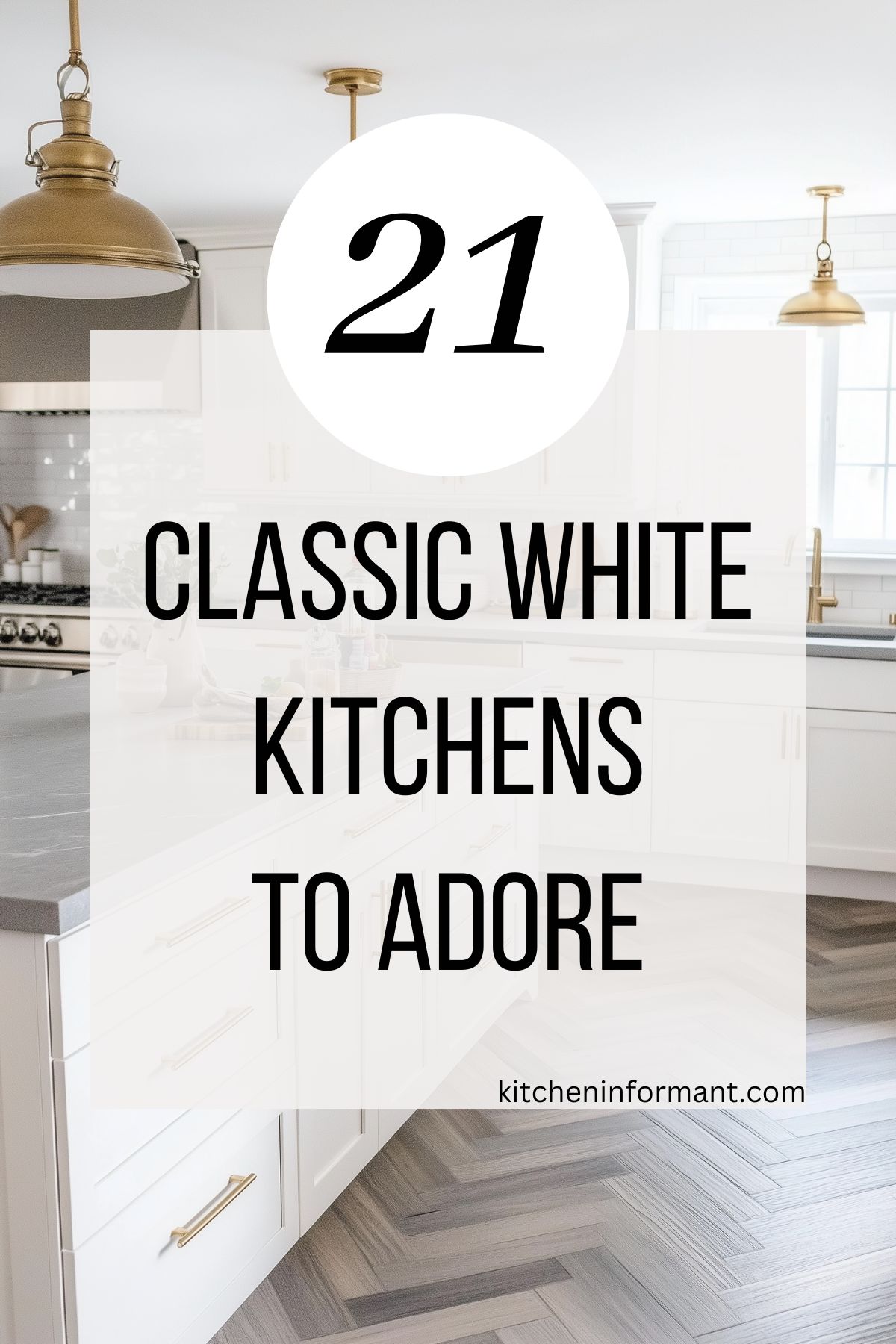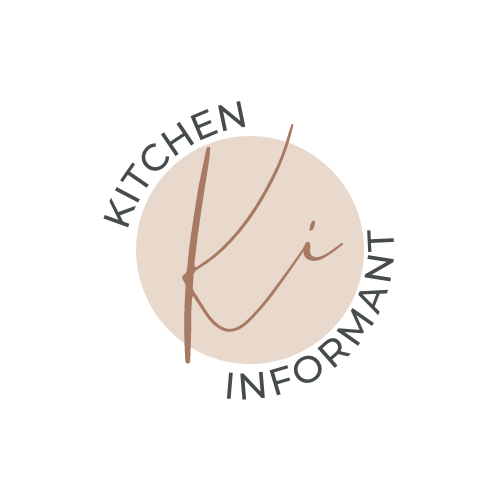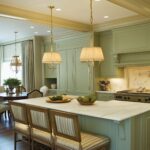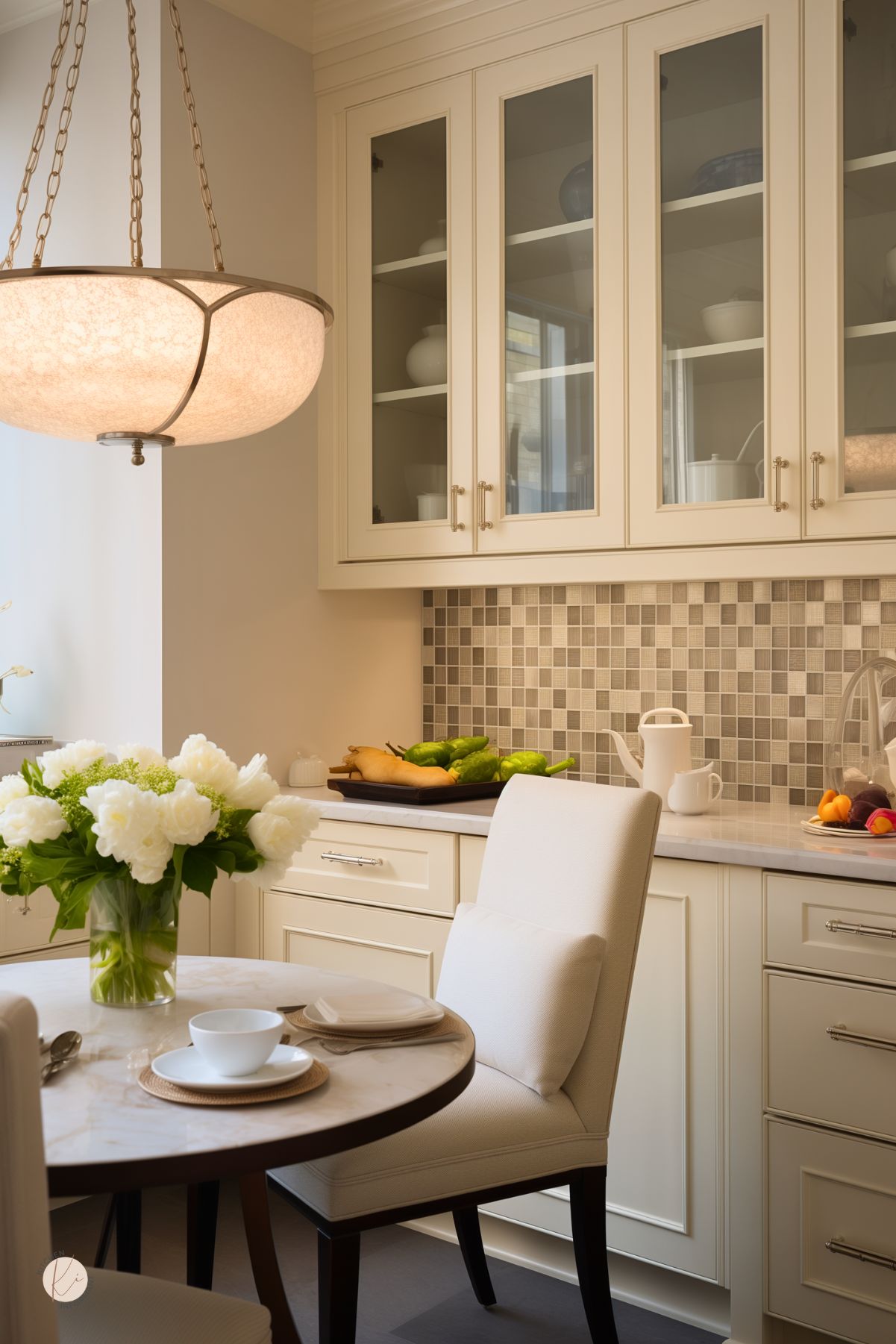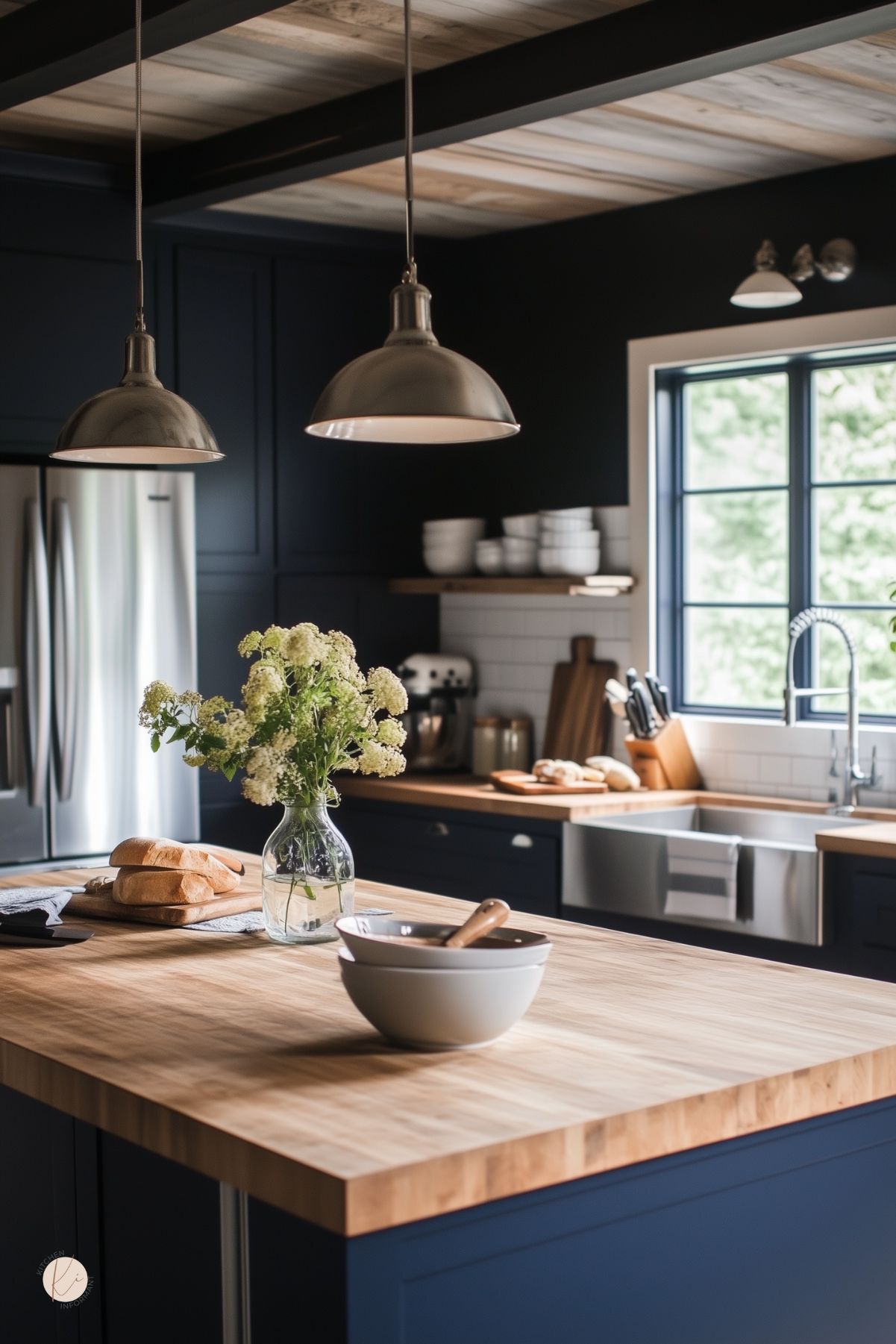Simplicity in style is a timeless concept that can be applied to many areas of design, including the kitchen.
A classic white kitchen is a perfect example of how simplicity can be beautiful. White kitchens have been popular for decades, and for good reason.
They are clean, bright, and versatile, making them a great choice for any home. In this article, we will explore the beauty of a classic white kitchen and how to achieve this look in your own home.
Key Takeaways
- A classic white kitchen is a timeless design choice that never goes out of style.
- Design principles such as balance, symmetry, and proportion are key to achieving a classic white kitchen.
- When selecting materials for a white kitchen, it is important to choose high-quality materials that will stand the test of time.
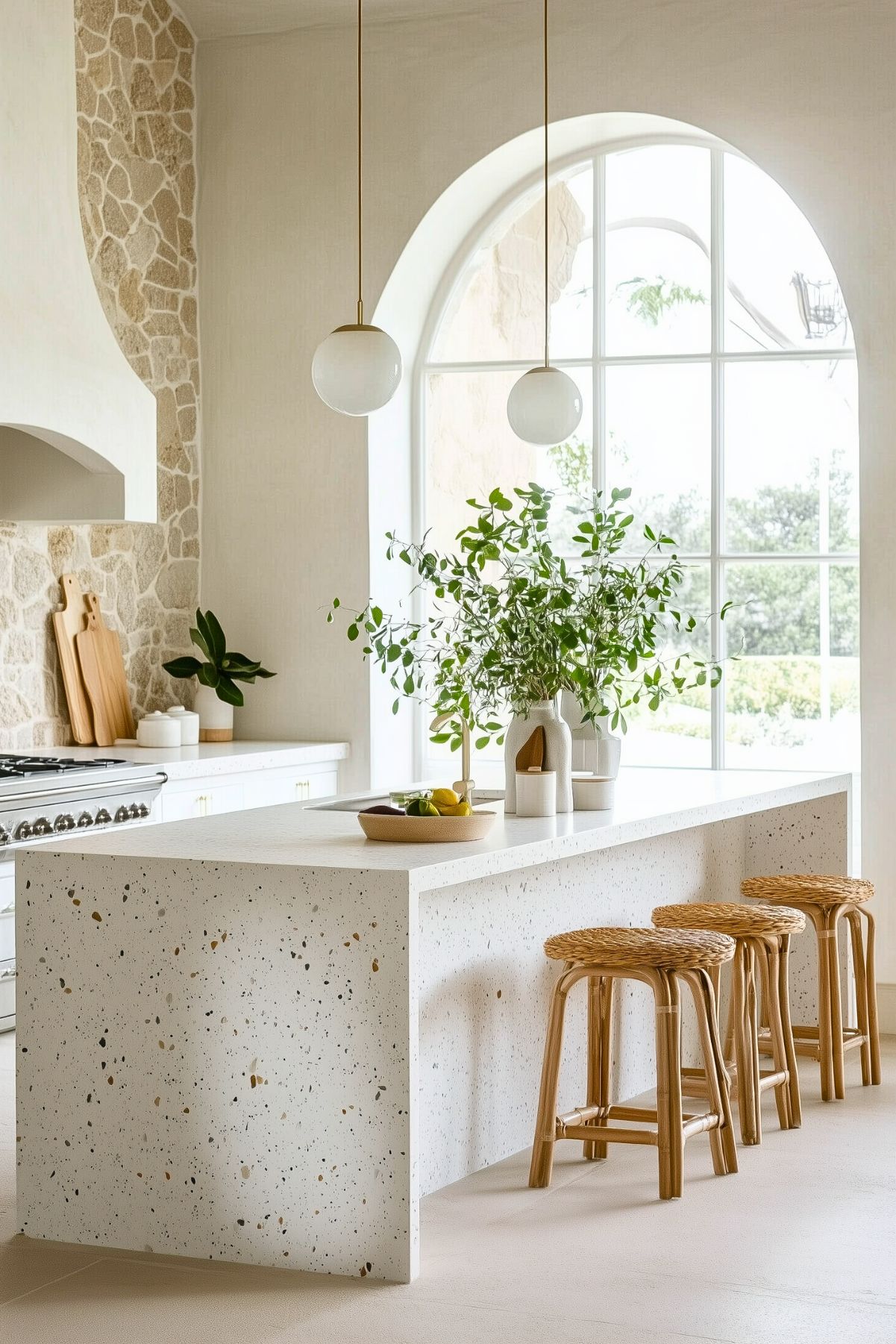
The appeal of a white kitchen is its timeless quality. It never goes out of style, and it can be adapted to fit any design aesthetic.
Whether you prefer a modern or traditional style, a white kitchen can be customized to suit your tastes.
The simplicity of a white kitchen also makes it easy to decorate and accessorize. With a neutral backdrop, you can add pops of color and texture to create a unique and personalized space.
The Timeless Appeal of White Kitchens
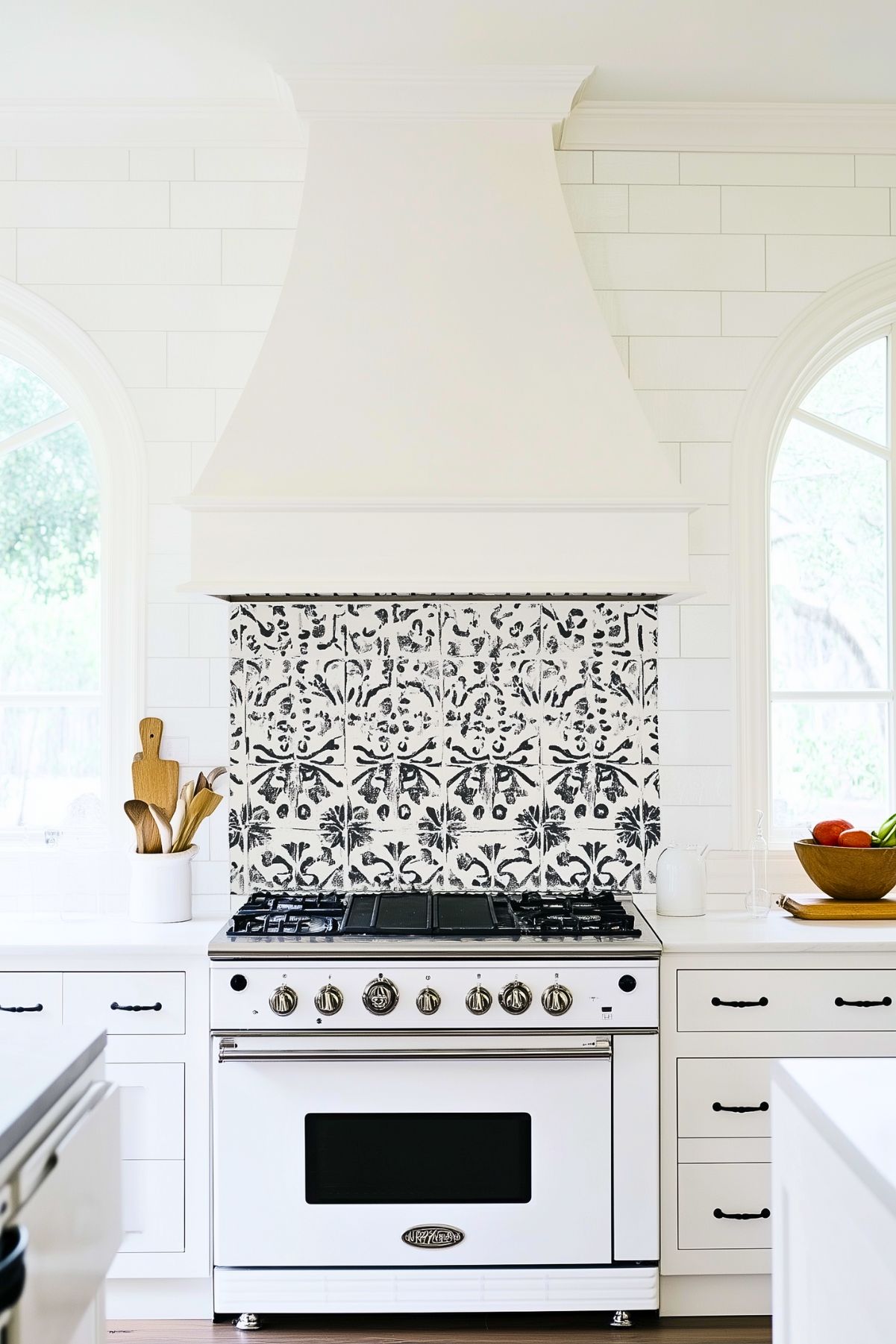
White kitchens have been a popular choice for homeowners for decades. They are known for their clean, fresh look that never goes out of style.
A white kitchen can make a small space appear larger, and it can also brighten up a dark room.
One of the main advantages of a white kitchen is its versatility. White is a neutral color that can be paired with almost any other color.
This makes it easy to change the look of the kitchen by simply adding new accessories or changing the wall color.
Another advantage of a white kitchen is its ability to showcase other elements of the room. For example, a white backsplash can highlight a beautiful countertop, or a white cabinet can draw attention to a unique piece of hardware.
In addition to its aesthetic appeal, a white kitchen can also be practical. White cabinets and countertops are easy to clean and maintain, and they can help make a kitchen feel more sanitary.
Overall, the timeless appeal of a white kitchen is undeniable. It is a classic choice that can work with any design style, from traditional to modern.
Whether you are renovating your kitchen or building a new one, a white kitchen is a beautiful and practical choice that will stand the test of time.
Design Principles for a Classic White Kitchen
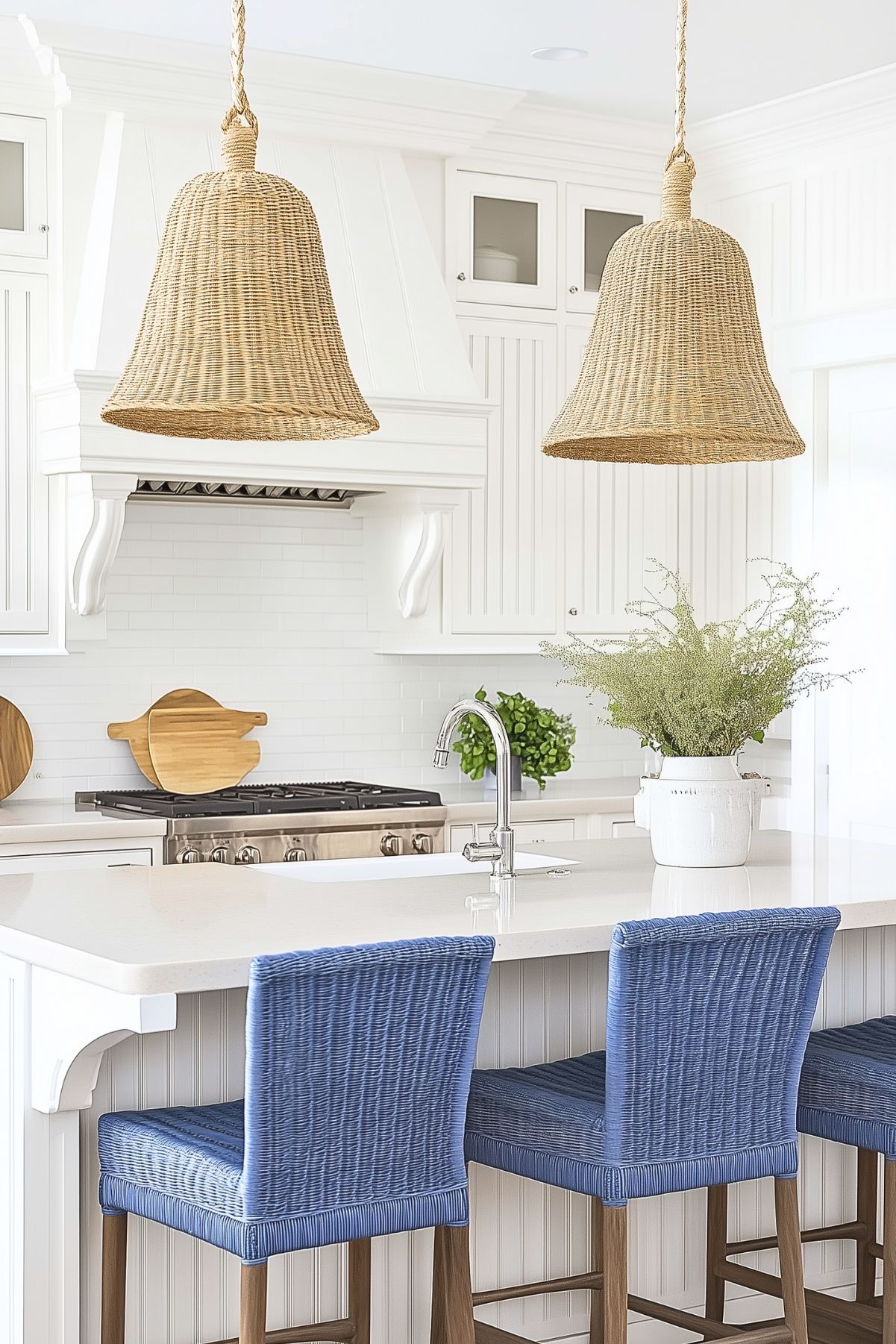
When designing a classic white kitchen, there are a few key principles to keep in mind. By following these design principles, you can create a timeless space that is both beautiful and functional.
Color Theory and White Space
One of the most important design principles for a classic white kitchen is color theory. While many people think of white as a “blank canvas,” it is actually a complex color that can be used to create a range of moods and atmospheres.
In a white kitchen, it’s important to pay attention to the nuances of white and to use complementary colors to create depth and interest.
Another important aspect of a classic white kitchen is white space. White space refers to the areas of a room that are left empty, without any decoration or furniture.
In a white kitchen, white space is essential for creating a sense of calm and simplicity.
By leaving some areas of the kitchen empty, you can draw attention to the areas that are decorated or functional.
Balancing Aesthetics and Functionality
Another important principle of a classic white kitchen is balancing aesthetics and functionality. While it’s important for a kitchen to look beautiful, it’s equally important for it to be functional and practical.
In a white kitchen, it’s important to choose materials and finishes that are durable and easy to clean.
It’s important to consider the layout of the kitchen and to ensure that it is optimized for cooking and entertaining.
Textures and Materials
Finally, textures and materials are an essential aspect of a classic white kitchen. While white is a neutral color, it can be brought to life with the use of different textures and materials.
For example, a white kitchen with a marble countertop and subway tile backsplash can create a classic and timeless look.
Also, adding wood accents or metal hardware can create a sense of warmth and depth in an otherwise minimalist space.
By following these design principles, you can create a classic white kitchen that is both beautiful and functional.
Whether you’re renovating an existing kitchen or designing a new one, these principles will help you create a space that will stand the test of time.
Selecting the Right Materials
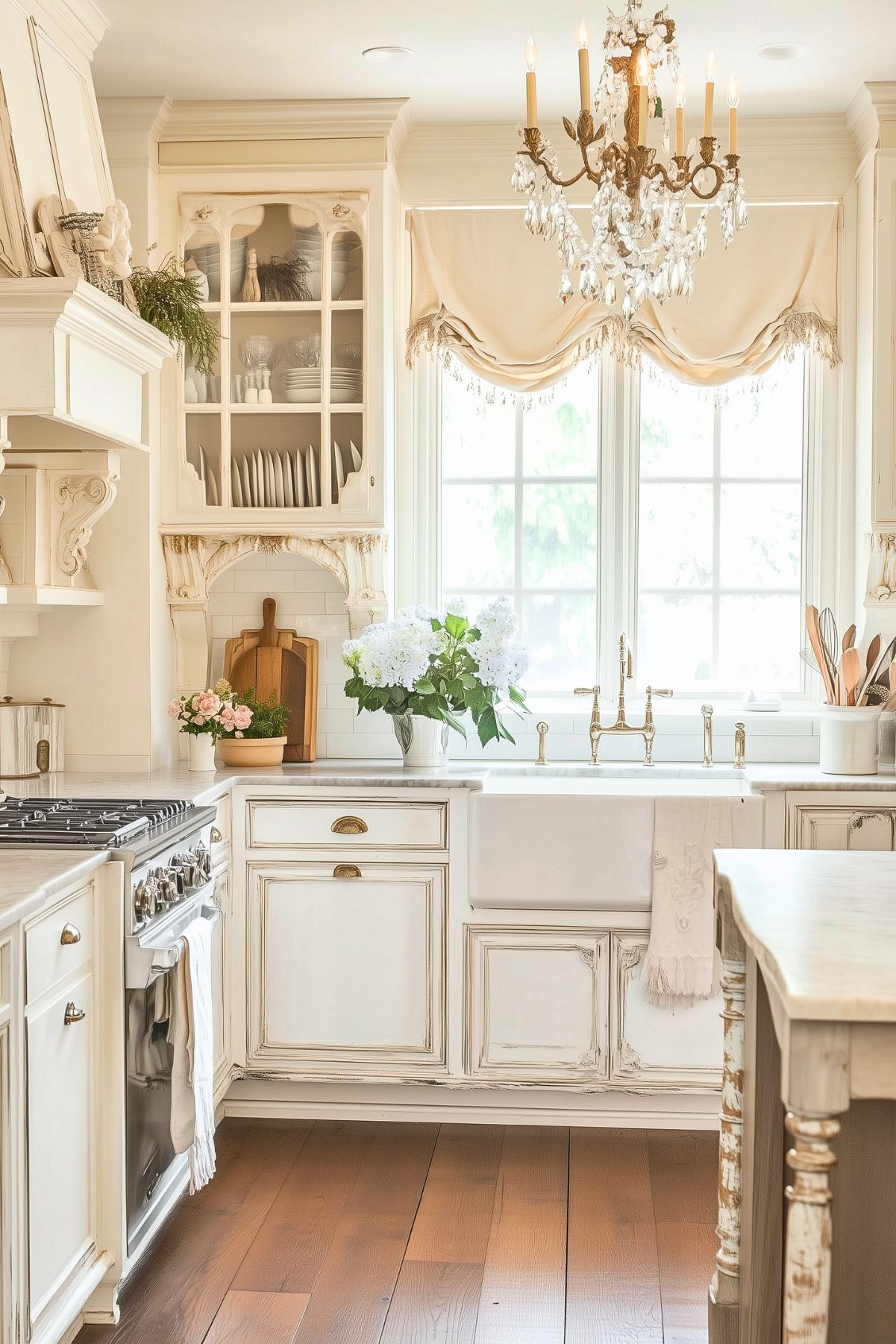
When it comes to designing a classic white kitchen, selecting the right materials is crucial. The materials used can make or break the overall look and feel of the space.
Here are some key factors to consider when selecting materials for a classic white kitchen.
Countertops and Backsplashes
Countertops and backsplashes are two of the most important elements in a kitchen. They need to be both functional and stylish.
Classic white kitchens look great with natural stone countertops, such as marble or granite. These materials are durable, easy to clean, and add a touch of elegance to the space.
For the backsplash, white subway tiles are a timeless choice that will never go out of style. They are affordable, easy to install, and create a clean and classic look.
Alternatively, a mosaic tile backsplash can add a pop of color and texture to the space.
Cabinetry and Hardware
The cabinetry and hardware are the backbone of any kitchen. For a classic white kitchen, shaker-style cabinets are a popular choice.
They are simple, elegant, and complement any design style.
When it comes to hardware, brushed nickel or stainless steel pulls and knobs are a great choice. They are timeless, durable, and easy to clean.
Alternatively, black hardware can add a touch of drama and contrast to the space.
Flooring Options
Flooring is another important element in a kitchen. It needs to be both durable and stylish. For a classic white kitchen, hardwood flooring is a popular choice.
It adds warmth and texture to the space and complements the white cabinetry and countertops.
Alternatively, large-format porcelain tiles can create a clean and modern look. They are durable, easy to clean, and come in a variety of colors and textures.
In summary, selecting the right materials is crucial when designing a classic white kitchen. Countertops and backsplashes, cabinetry and hardware, and flooring options are all key elements to consider.
By choosing the right materials, you can create a timeless and elegant space that will stand the test of time.
Accentuating with Colors and Accessories
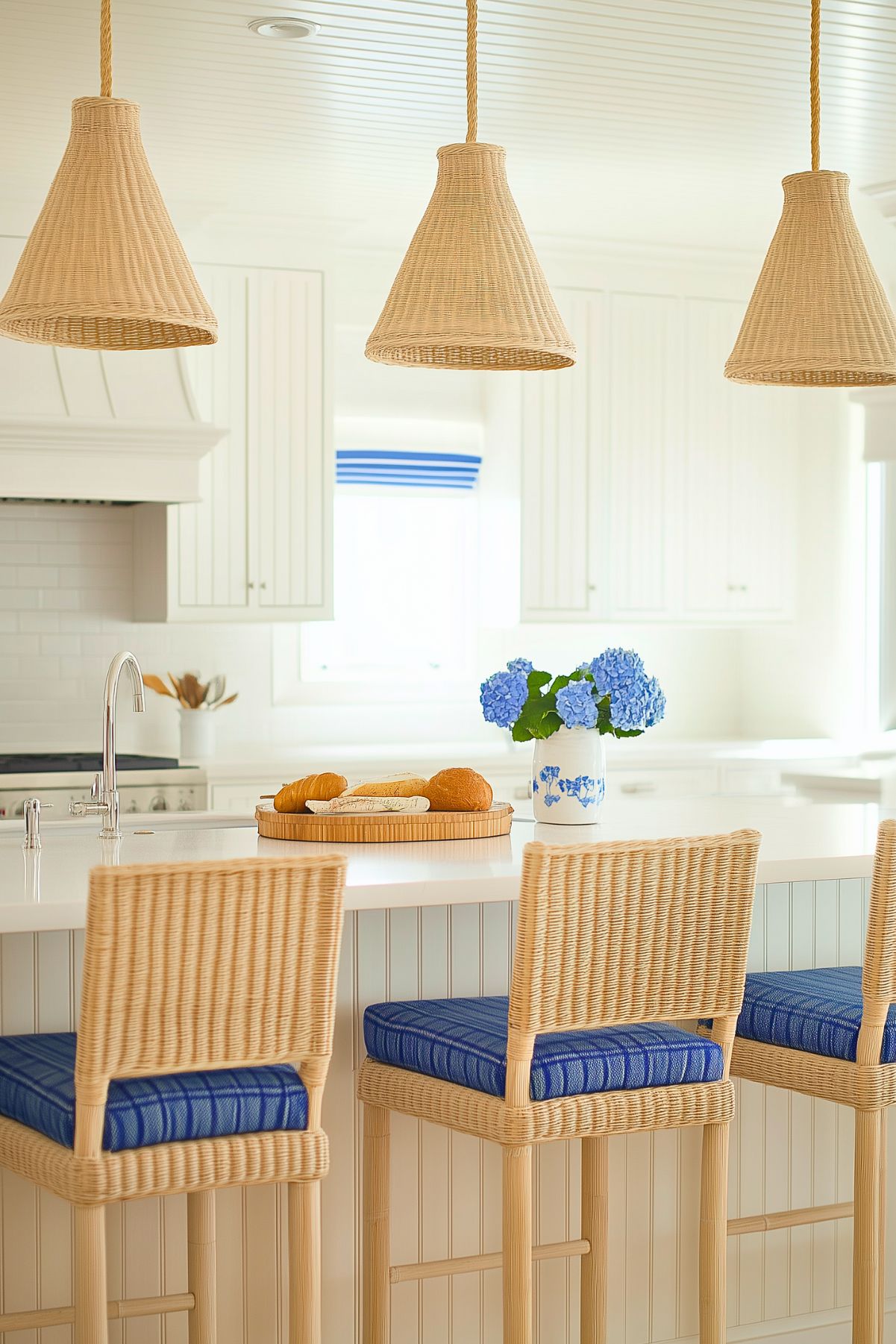
A classic white kitchen can be accentuated with carefully chosen colors and accessories. This section will explore the various ways to add visual interest to a white kitchen.
Choosing Accent Colors
When choosing accent colors for a white kitchen, it is important to consider the overall style of the kitchen.
For a modern look, bold and bright colors like red, yellow, and green can be used sparingly to create a pop of color.
For a more traditional look, muted colors like navy blue, sage green, or soft gray can be used to create a more subtle effect.
It is also important to consider the other elements in the kitchen, such as the countertops, backsplash, and flooring, when choosing accent colors.
Decorative Elements
Decorative elements can also be used to add interest to a white kitchen. For example, a colorful rug can be used to add a pop of color to the floor.
A collection of colorful plates or glasses can be displayed on open shelves or in glass-front cabinets. A vase of fresh flowers or a bowl of fruit can also add color and texture to the kitchen.
Lighting Fixtures
Lighting fixtures can also be used to add visual interest to a white kitchen. Pendant lights over the island or sink can add a touch of elegance and sophistication.
A chandelier over the dining table can create a focal point and add a touch of glamour.
Under-cabinet lighting can also be used to highlight decorative elements and add a warm glow to the kitchen.
By carefully choosing accent colors, decorative elements, and lighting fixtures, a classic white kitchen can be transformed into a beautiful and inviting space.
The Psychological Impact of a White Kitchen
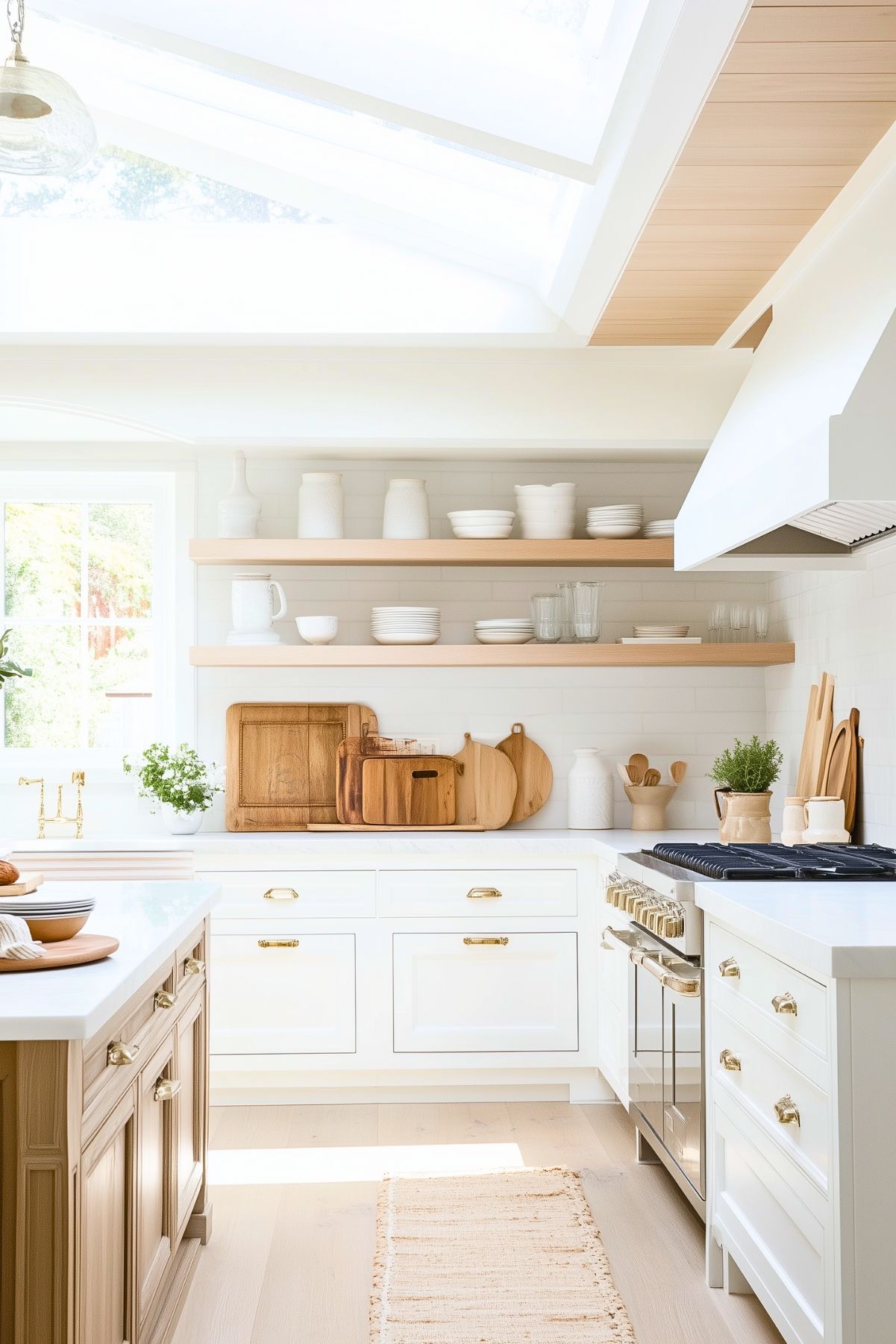
A white kitchen is not only visually appealing but also has a positive psychological impact. White is a color that evokes feelings of purity, cleanliness, and simplicity.
It creates a sense of calmness and relaxation, which can be beneficial for individuals who spend a lot of time in the kitchen.
According to a study published in the Journal of Environmental Psychology, white kitchens can also make people feel more organized and in control.
The study found that individuals who worked in a clean and organized space were more likely to make healthy food choices and less likely to indulge in unhealthy snacks. This is because a clean and organized space reduces stress and anxiety, which can lead to emotional eating.
In addition, a white kitchen can also make a small space feel larger and more open. This is because white reflects light, creating an illusion of space.
This can be especially beneficial for individuals who have a small kitchen and want to make it feel more spacious.
A white kitchen can have a positive psychological impact on individuals who spend time in it. It can create a sense of calmness, promote healthy eating habits, and make a small space feel larger and more open.
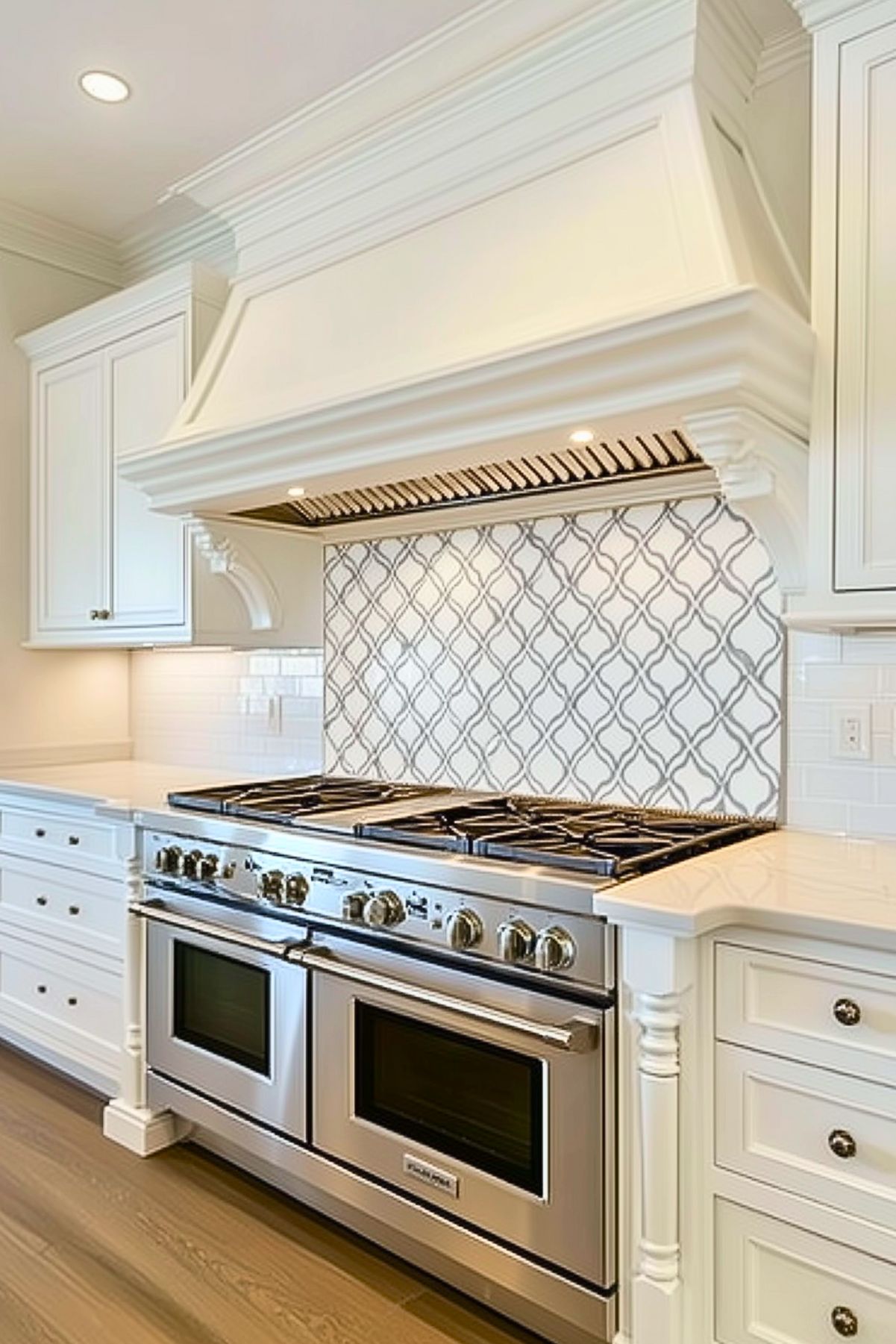
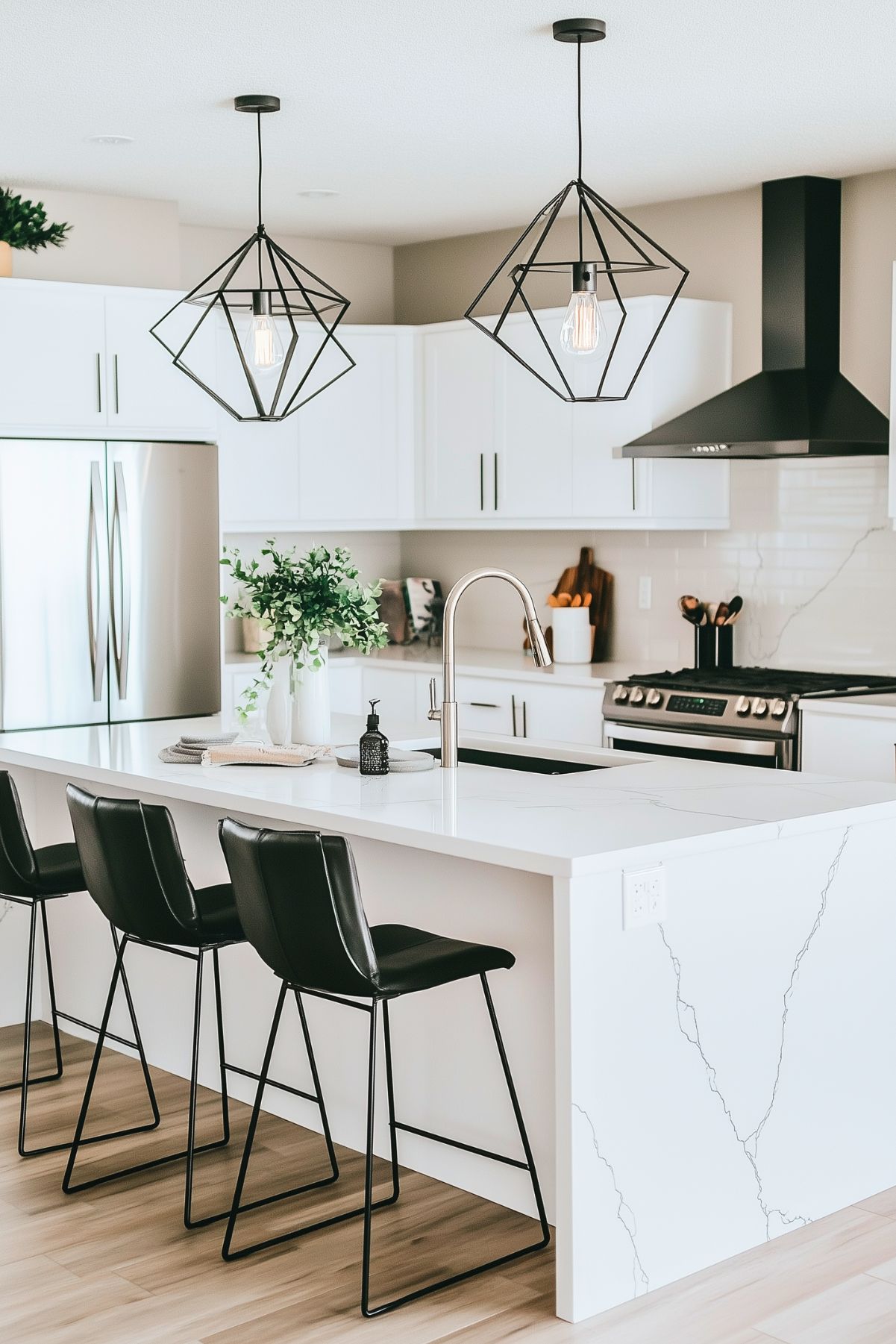


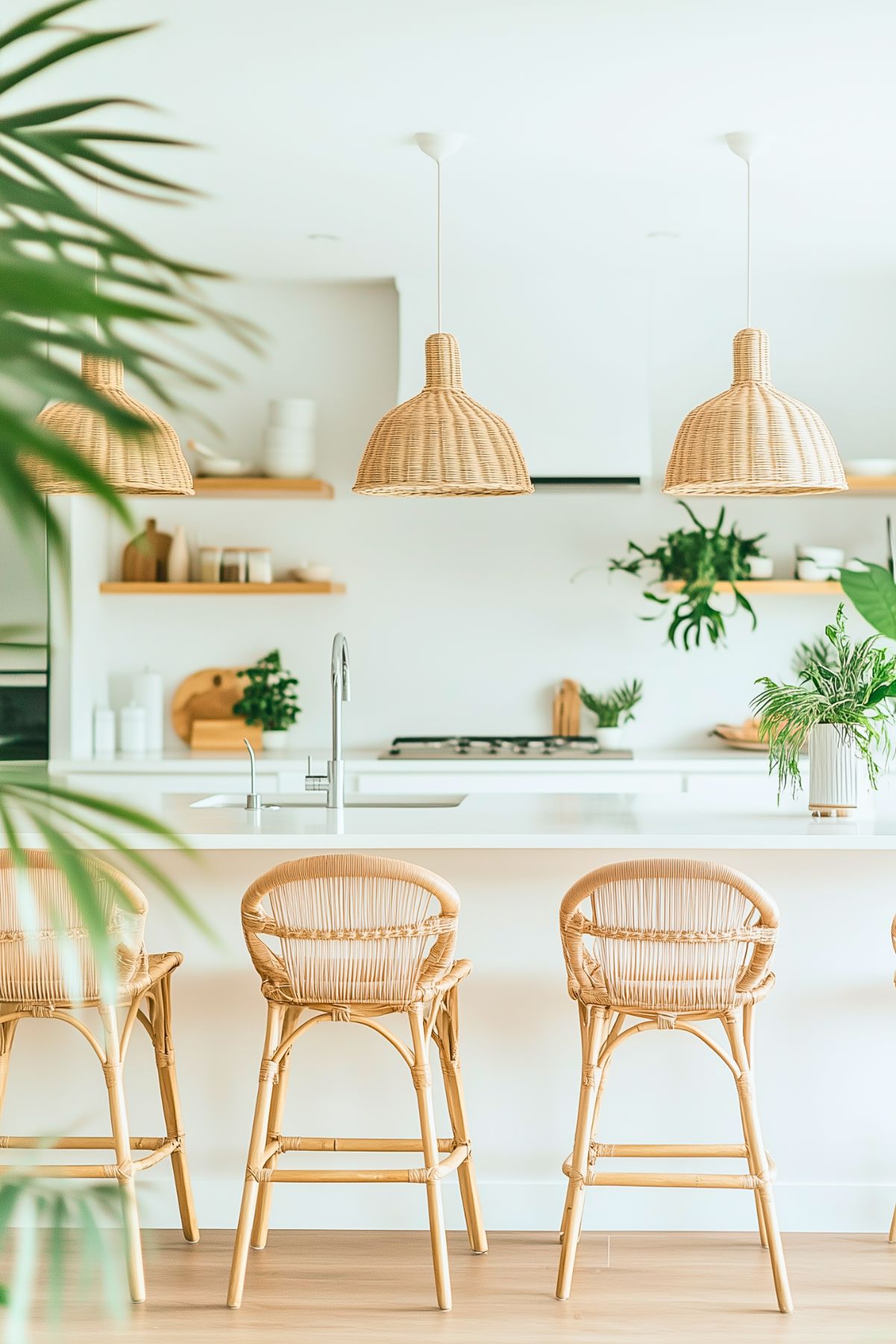
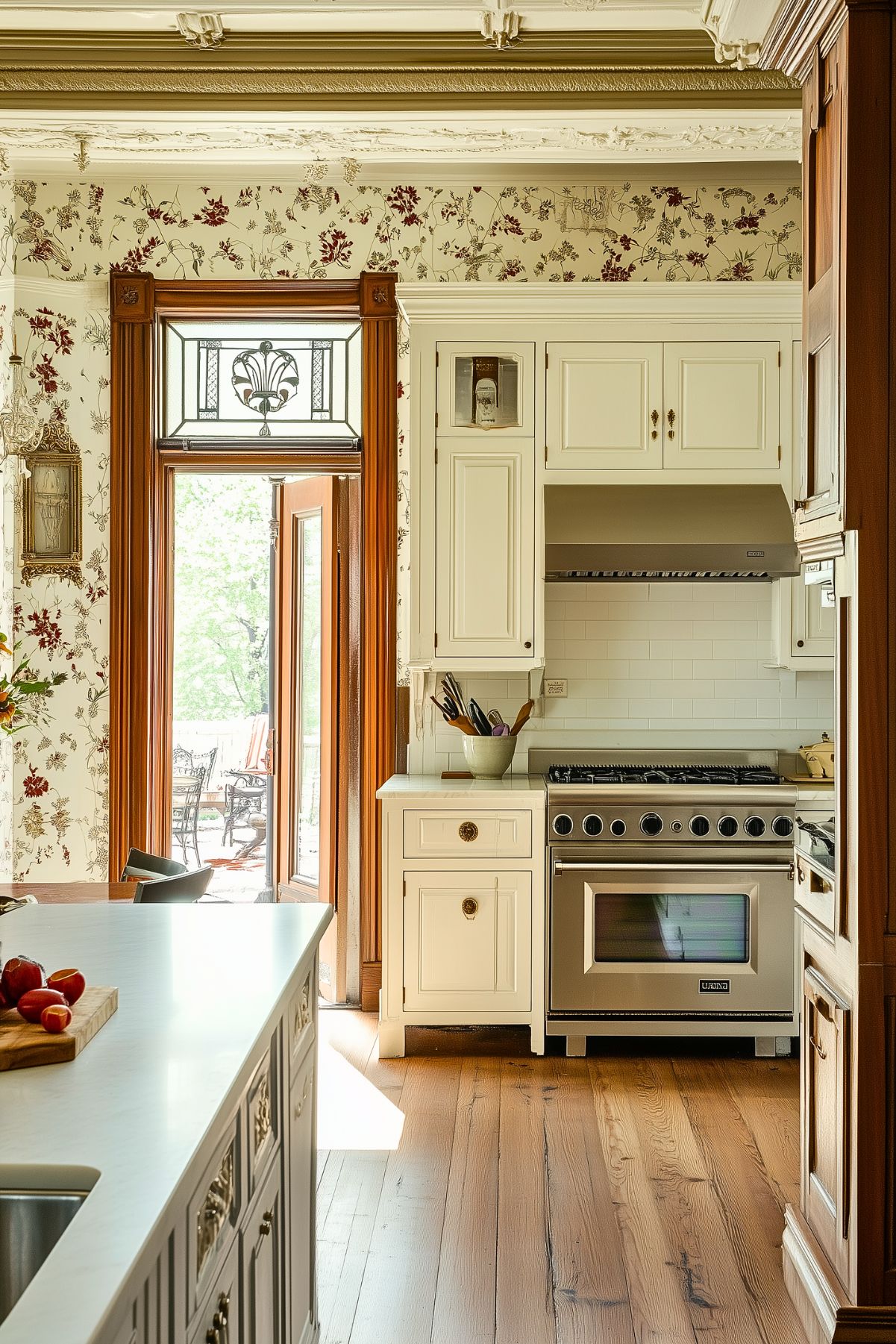
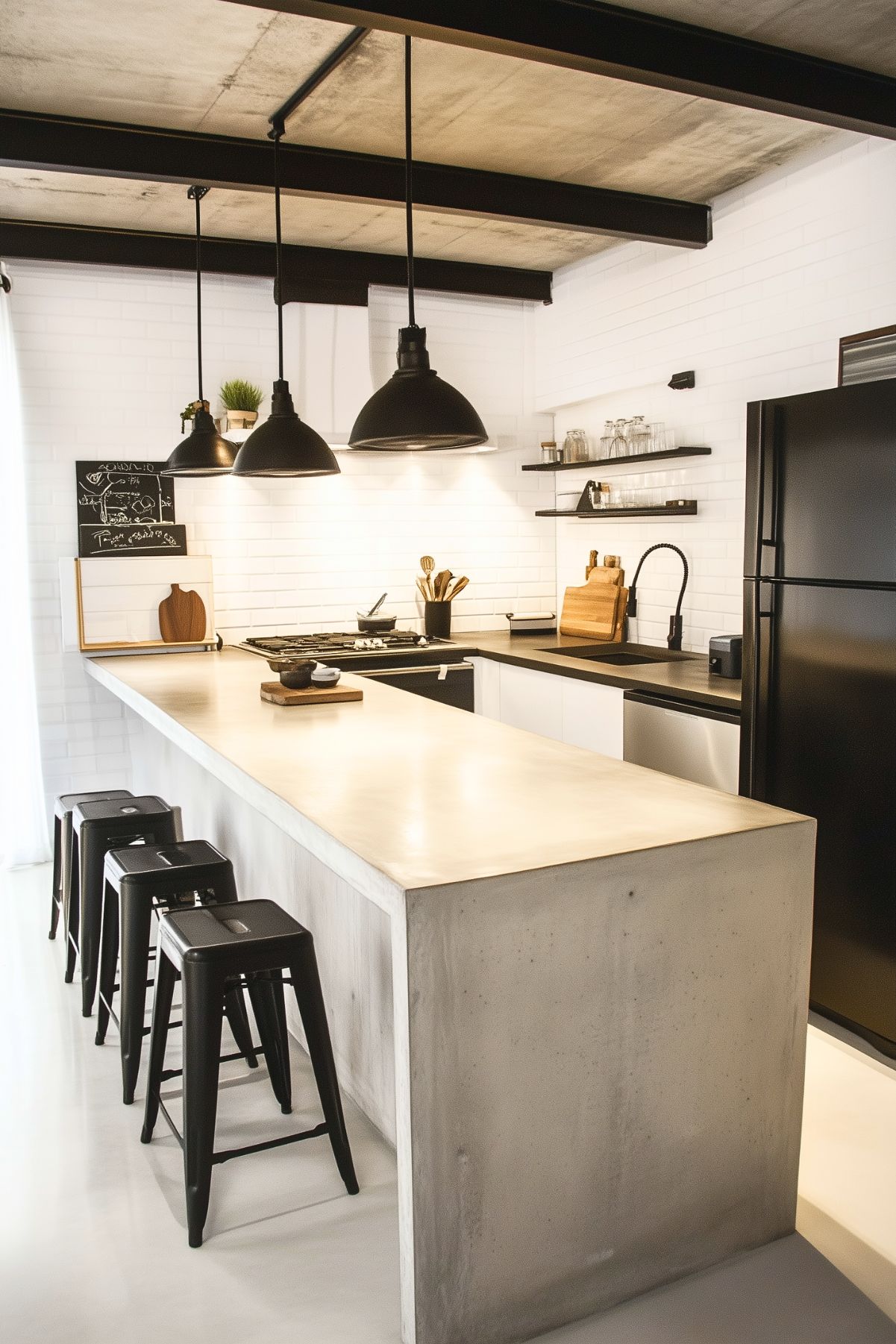
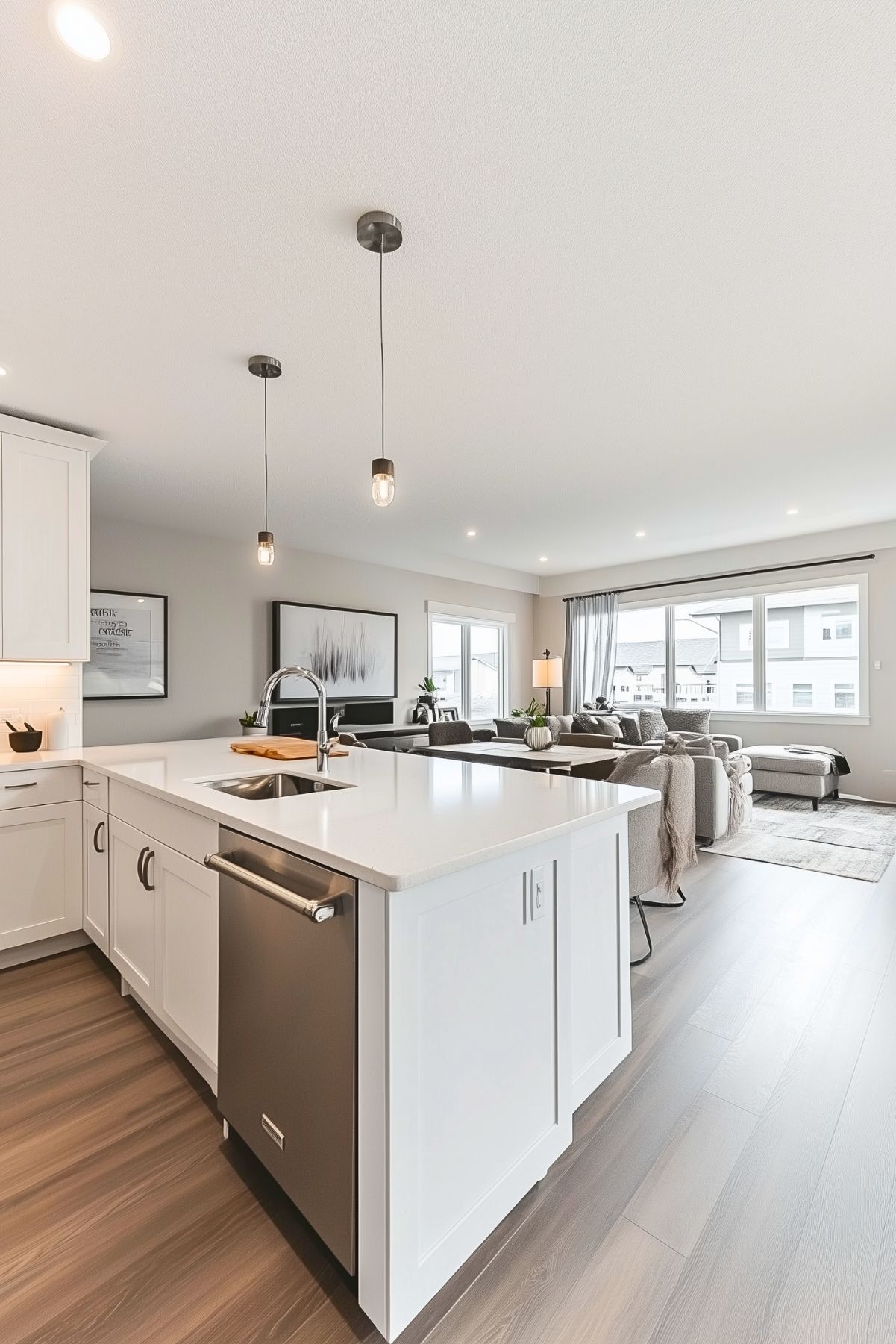
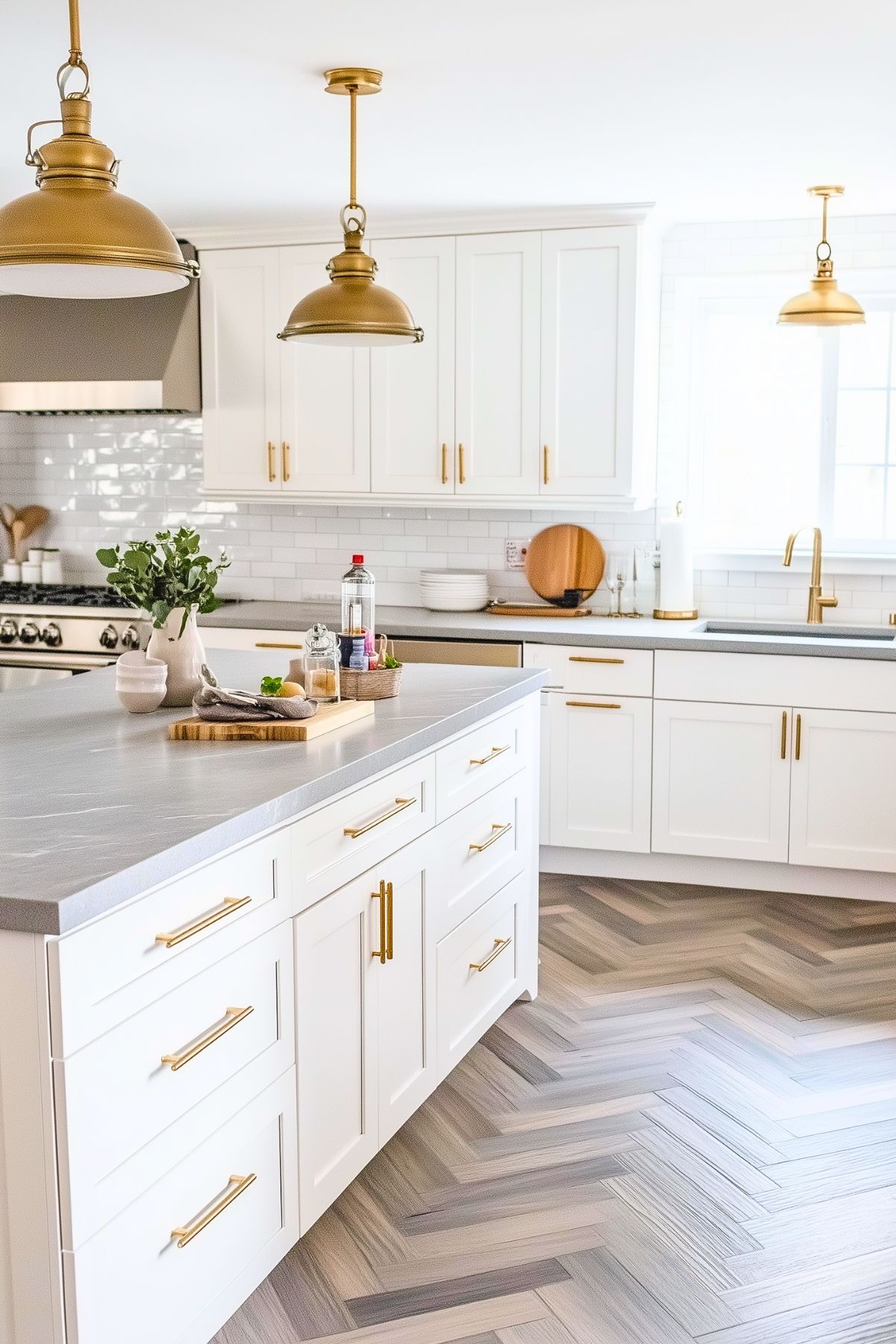
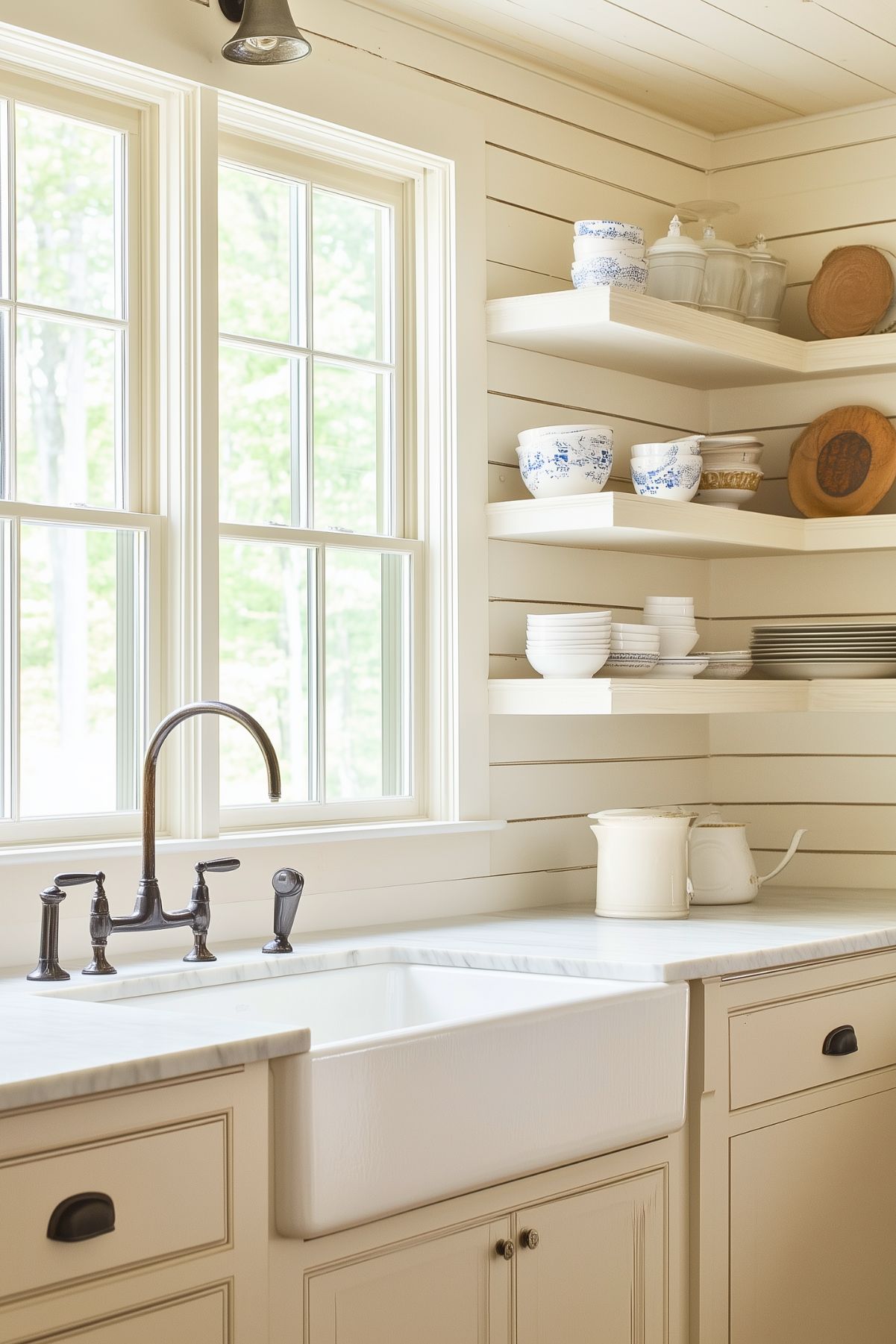

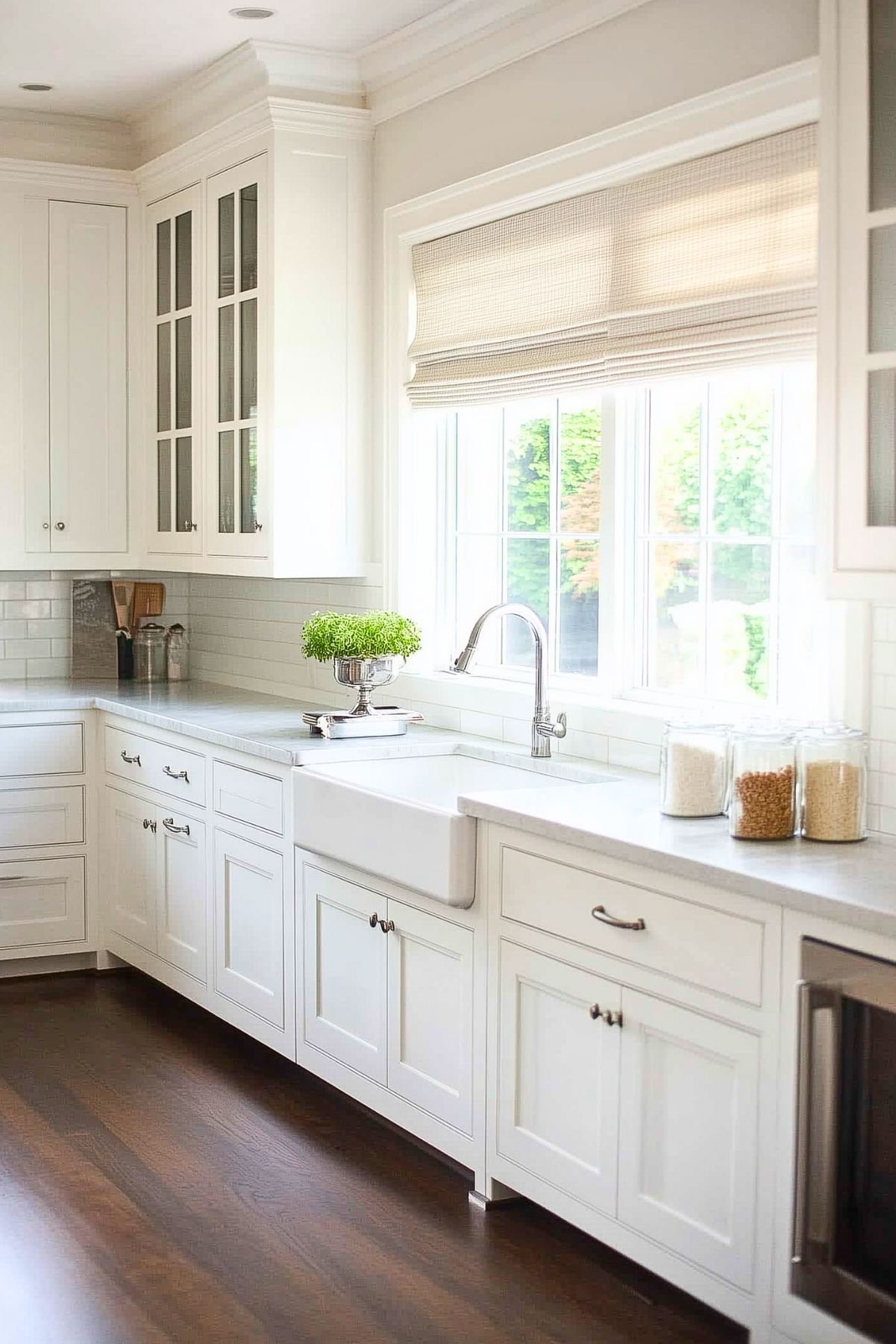
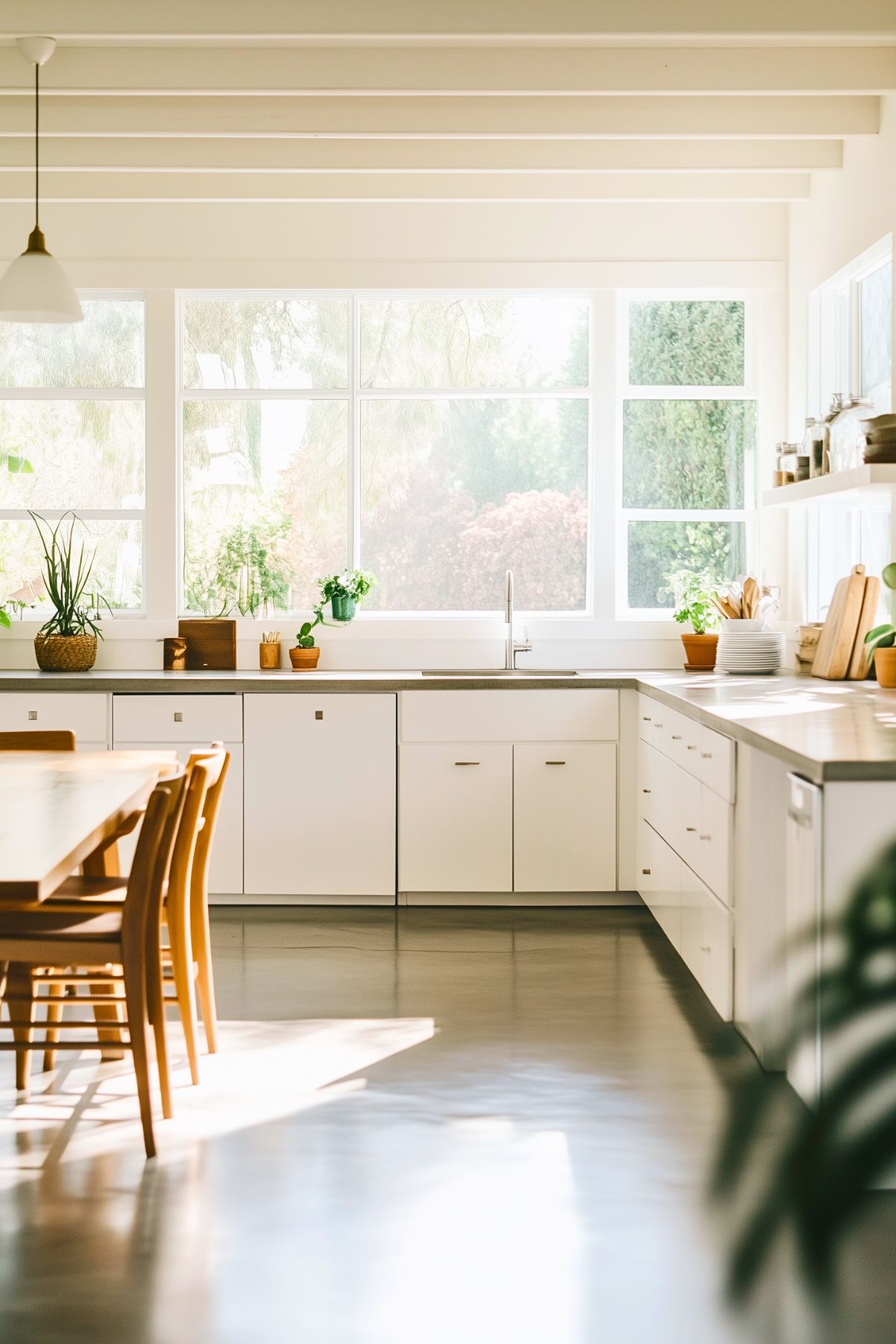
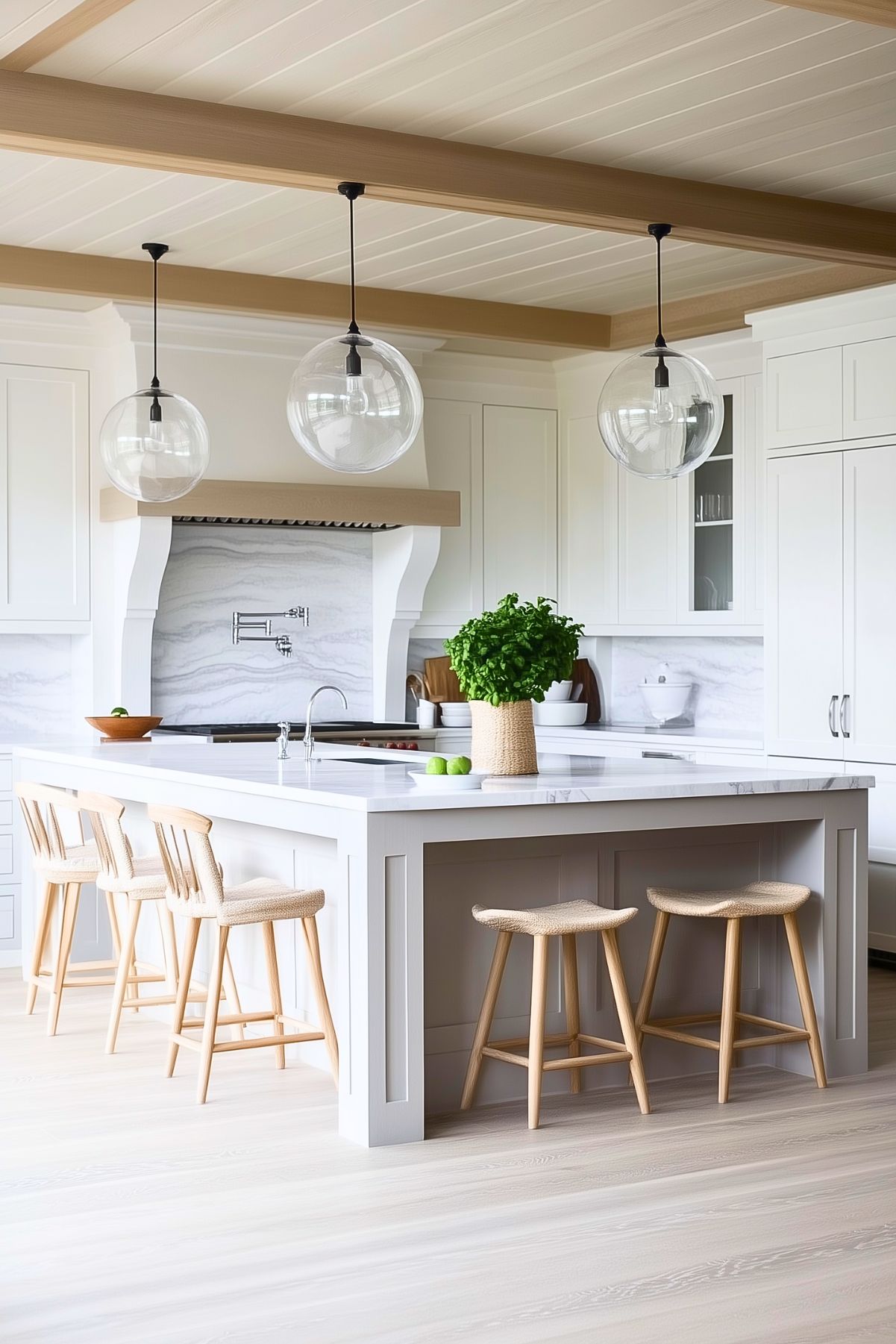
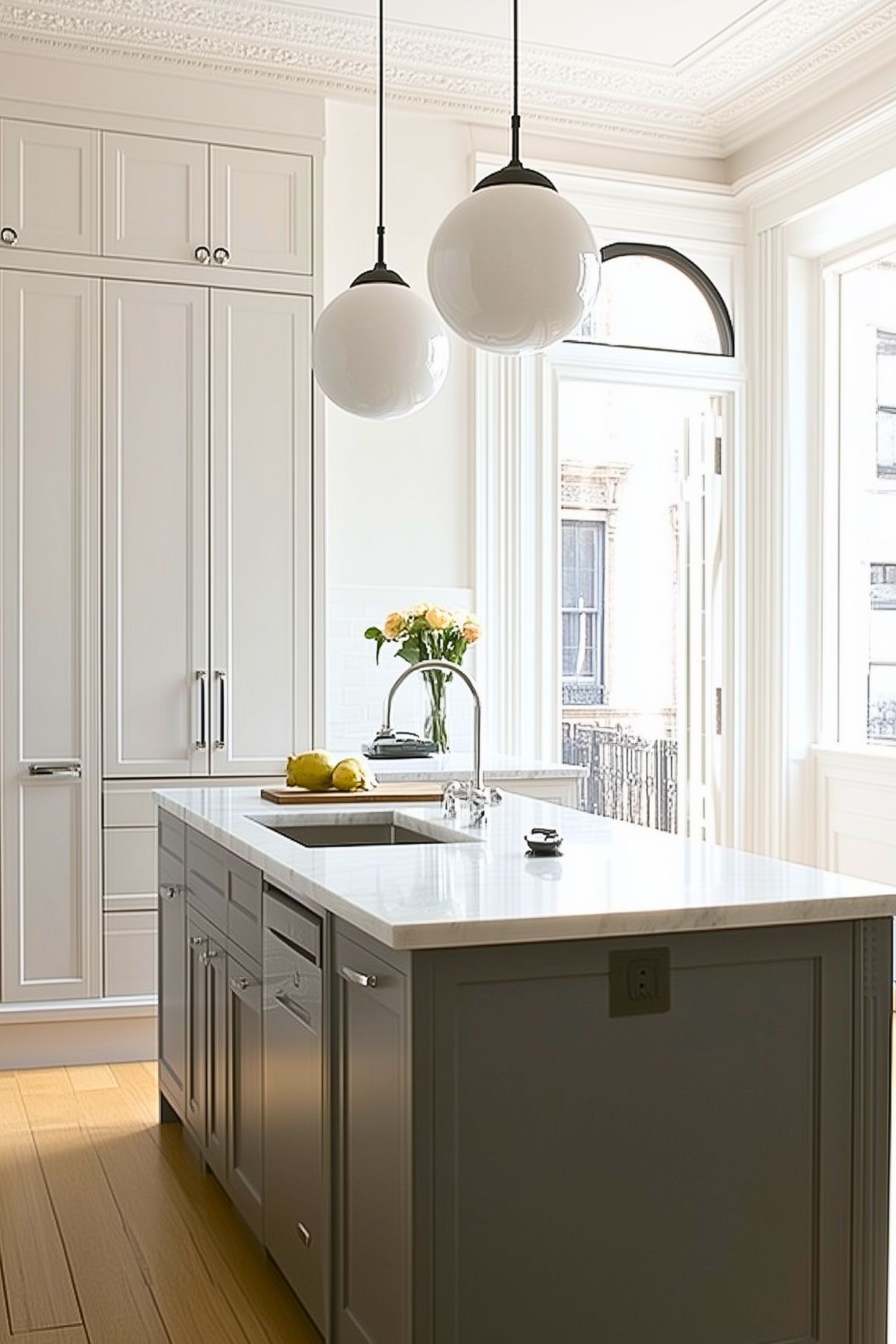
You May Also Like:
